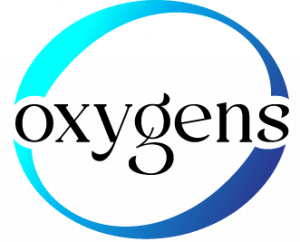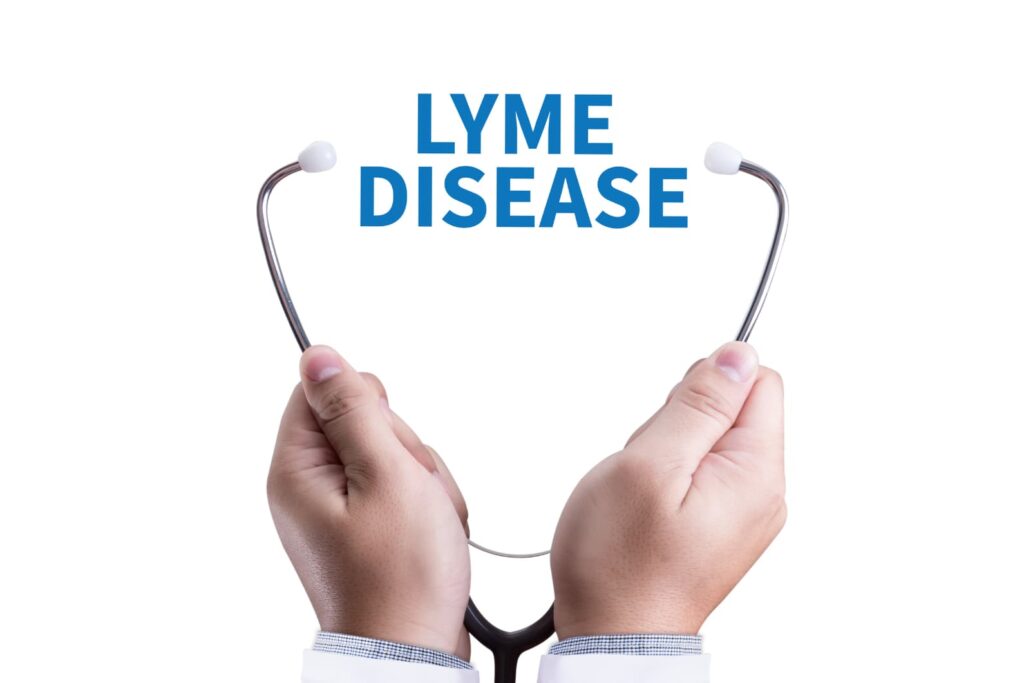Lyme disease is a tick-borne illness caused by the bacterium Borrelia burgdorferi. It can cause a range of symptoms, including fever, fatigue, and joint pain, and if left untreated, it can lead to more severe complications, including arthritis and nerve damage.
While antibiotics are the most common treatment for Lyme disease, some people have turned to hyperbaric oxygen therapy (HBOT) as an alternative or complementary therapy.
In this article, we will explore the effectiveness of hyperbaric oxygen as a therapy for Lyme disease.
What is Hyperbaric Oxygen Therapy?
Hyperbaric oxygen therapy (HBOT) involves breathing in pure oxygen in a pressurised chamber. The increased pressure allows for higher levels of oxygen to be dissolved into the body’s tissues, which can help promote healing and fight infection.
HBOT is commonly used to treat a range of conditions, including decompression sickness, carbon monoxide poisoning, and non-healing wounds.
Does Hyperbaric Oxygen Therapy Work for Lyme Disease?
There is some evidence to suggest that hyperbaric oxygen therapy may be an effective therapy for Lyme disease.
One study published in the Journal of the Chinese Medical Association found that HBOT was effective in treating patients with chronic Lyme disease.
The study included patients who had been diagnosed with chronic Lyme disease and had failed to respond to antibiotic therapy.
After receiving HBOT, the patients reported significant improvements in their symptoms, including fatigue, joint pain, and cognitive function.
Another study published in Medical Gas Research looked at the effect of HBOT on Borrelia burgdorferi in vitro.
The study found that exposure to hyperbaric oxygen significantly reduced the growth of the bacteria. While these results are promising, further research is needed to determine the efficacy of HBOT in treating Lyme disease.thera
Does Hyperbaric Oxygen Kill Lyme?
While hyperbaric oxygen therapy has been shown to reduce the growth of Borrelia burgdorferi in vitro, it is not clear whether it is effective in killing the bacteria in vivo.
Antibiotics remain the primary treatment for Lyme disease, and there is no evidence to suggest that HBOT can replace or eliminate the need for antibiotic therapy.
Benefits of Hyperbaric Oxygen Therapy for Lyme Disease
While more research is needed to determine the effectiveness of HBOT in treating Lyme disease, there are some potential benefits to the therapy.
HBOT has been shown to improve circulation and oxygenation in the body, which can help promote healing and reduce inflammation. It can also help reduce the risk of infection by boosting the immune system.
HBOT is a non-invasive therapythat does not have the same side effects as antibiotic therapy.
It can be used in conjunction with other treatments, including antibiotics and herbal remedies, to provide a comprehensive approach to treating Lyme disease.
Risks and Complications of Hyperbaric Oxygen Therapy
While HBOT is generally considered safe, it is not without risks. The high-pressure environment can cause some people to feel claustrophobic or experience ear pain.
There is also a risk of oxygen toxicity, which can cause seizures, lung damage, and other complications. These risks are typically low where installation, training and guidance has been provided by an IBUM certified technician.
Conclusion
In conclusion, while hyperbaric oxygen therapy shows potential as an effective therapy for Lyme disease, further research is needed to determine its true efficacy.
While some studies have shown promising results, there is still a lack of randomised controlled trials and long-term follow-up studies to fully understand the impact of this therapy on patients with Lyme disease.
However, for those who are considering hyperbaric oxygen therapy as a option, it is important to discuss the risks, benefits, and potential side effects with a qualified healthcare provider.
As with any therapy, it is important to carefully weigh the risks and benefits before making a decision and to always follow the advice of a qualified medical professional.
Ask a Question, request a Brochure and/or a Quotation:
If you have any questions or would like to know further details of our product range, availability, and pricing for hire or purchase please use the button below.
References
- Huang, C. Y., Chen, Y. W., Kao, T. H., Kao, H. K., Lee, Y. C., Cheng, J. C., & Wang, J. H. (2014). Hyperbaric oxygen therapy as an effective adjunctive treatment for chronic Lyme disease. Journal of the Chinese Medical Association : JCMA, 77(5), 269–271. https://doi.org/10.1016/j.jcma.2014.02.001
- Rowen R. J. (2019). Ozone and oxidation therapies as a solution to the emerging crisis in infectious disease management: a review of current knowledge and experience. Medical gas research, 9(4), 232–237. https://doi.org/10.4103/2045-9912.273962
- Fife, C. E., Eckert, K. A., & Carter, M. J. (2016). An Update on the Appropriate Role for Hyperbaric Oxygen: Indications and Evidence. Plastic and reconstructive surgery, 138(3 Suppl), 107S–116S. https://doi.org/10.1097/PRS.0000000000002714

